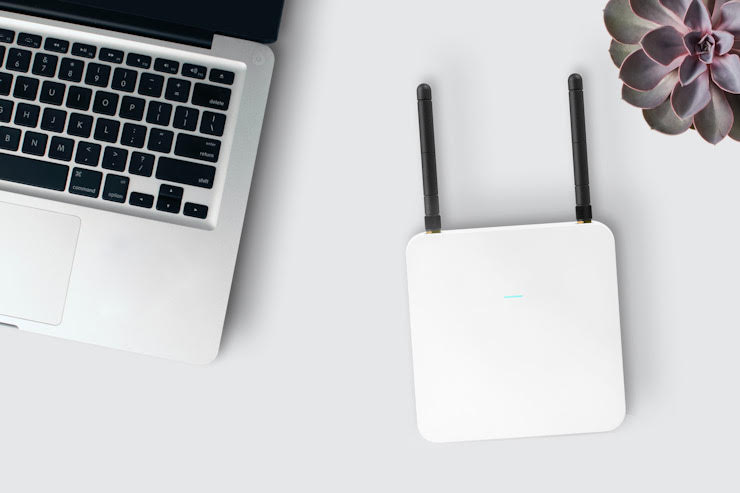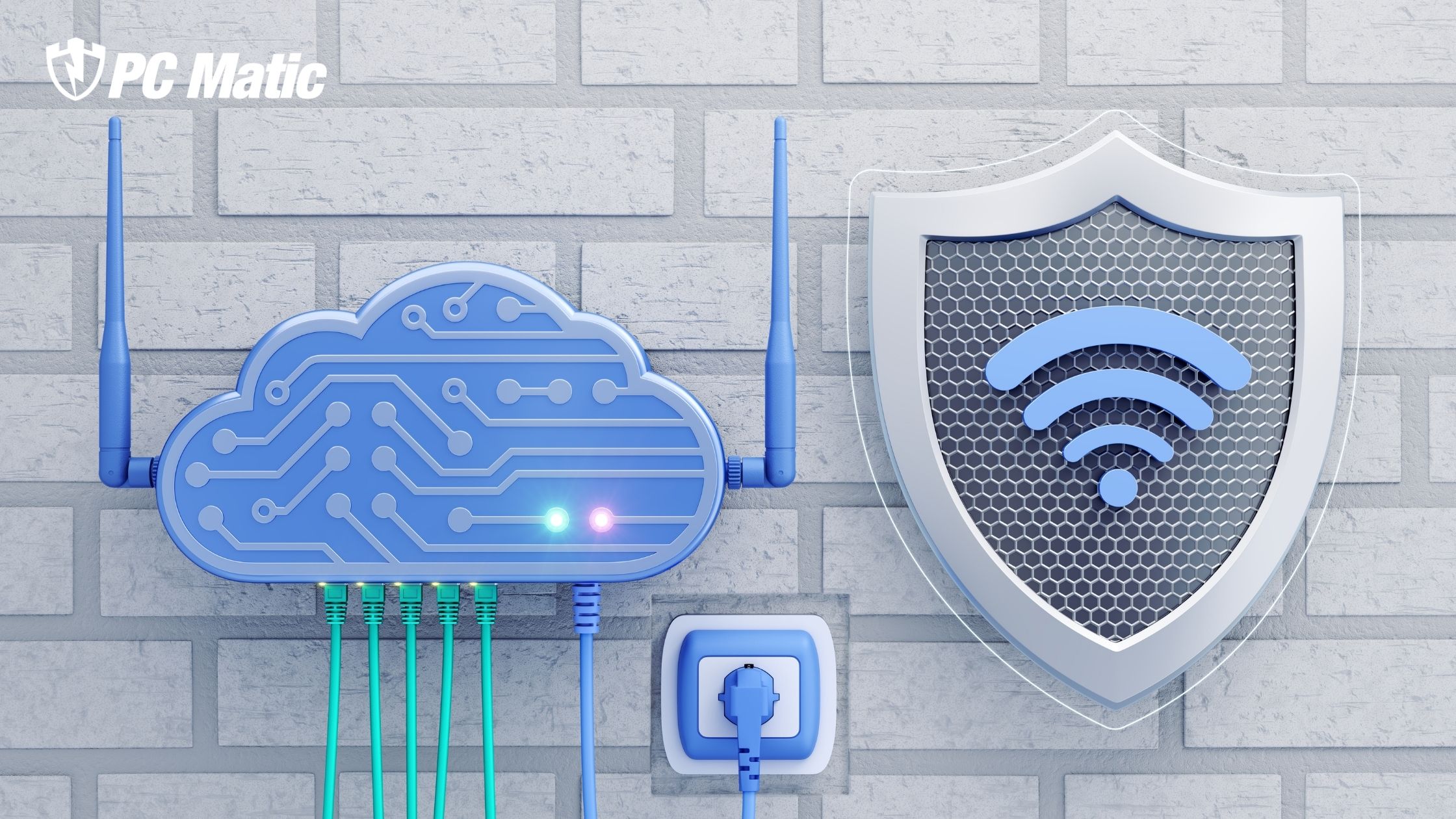Trouble With Coverage?
Let me start off by saying my mom has the worst Wi-Fi. I’m not going to call out her provider, but it’s awful. There are dead spots and it’s incredibly slow. Even after paying for higher bandwidth, she barely gets coverage. Her Wi-Fi devices (like the Fire Stick and Alexa) have to be placed strategically around the house to work.
The technician who came to set up my Wi-Fi told me that the standard equipment the companies send is usually pretty cheap. He mentioned I should get a mesh system for my place. For the most part, the router I have in my home works just fine. But my mom lives in a big house in a small town. She’s the perfect candidate for a mesh system.
What About Wi-Fi Extenders
You may have heard of Wi-Fi extenders. They’re little units that communicate with your router to extend your signal across your house. These aren’t perfect though.
A Wi-Fi extender boosts your signal from your modem. While it works, it has downsides. First, it only communicates with your router. Because it uses your signal to connect with the device AND the router, it slows down speeds. Second, it’s creating multiple networks that you have to manually navigate through.
Another downside is the management. You’ll have to dig into your router’s admin center to configure settings. That can be frustrating for the less tech savvy.
Talk To Me About Mesh Wi-Fi
Gladly. In my opinion, mesh Wi-Fi seems to be a cleaner solution. While the network extenders are boosting your signal, the mesh systems are actually creating new ones. Unlike the extenders, mesh communicates both with each mesh device and your internet connected devices. This means faster Wi-Fi speeds. It also means your devices can seamlessly move between the networks created by the mesh system without you having to manually change them.
Mesh systems are fairly easy to set up as well. So if you aren’t tech savvy, you should still be able to follow the instructions to do setup without a technician. And management is done through an app rather than your router’s network settings.
In fact, mesh systems replace your router entirely. You can still plug them in via ethernet if you absolutely must (or have a management aspect you like through your router.) But they make your router unnecessary.
The Downside
They aren’t perfect (what is?) Most mesh systems have less control, like guest login and parental controls. If you’re the kind of person who likes to customize your network, this may not be for you. Additionally, they’re fairly expensive.
A new mesh system could cost you upwards of $500 while additional devices for the system could be around $200 a piece. So if you’re wondering why the mesh revolution hasn’t started, this is probably why.
Should I Do It
Overall though, if you struggle with dead spots in your home like my mom does, this could be the answer for you. The benefits outweigh the downsides. Maybe a mesh system is your present to yourself this year. After all, in a year we’ve all mostly spent inside our houses, don’t we deserve strong and reliable Wi-Fi?




